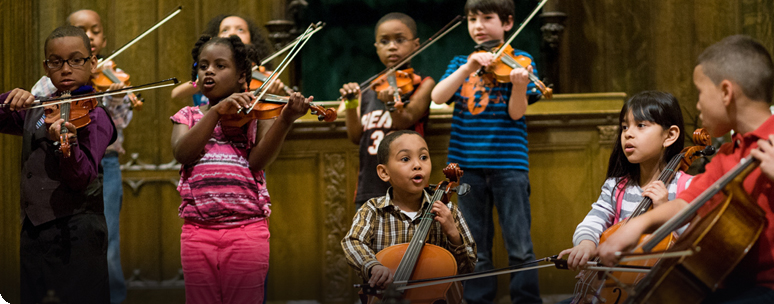Excerpted from a recent article by Eric Jaffe posted on The Atlantic Cities.
Last week the Minneapolis Star-Tribune reported that transit officials have started to play Beethoven, Bach, Mozart, Strauss and Handel at the Lake Street light rail station… The "classical music strategy" began last summer after complaints that the station had become "a haven for rowdy teens and vagrants." The idea is that potential criminals find classical music so detestable that they won't hang around the station long enough to realize their criminal potential:
"If it encourages some people to wander away because it's not their favorite type of music, I guess that's okay," said Acting Transit Police Chief A.J. Olson.
In fact, a long line of cities have implemented the classical music strategy in more or less the same fashion. The Atlanta transit system, MARTA, pumped Handel through its speakers a few years back. Transport for London, which runs the Tube system, expanded its broadcast of Mozart, Vivaldi, Handel, and others to dozens of stations after a successful pilot run in 2003.
The list goes on. In the late 1990s Toronto played Chopin at its Kennedy subway station. And New York City introduced classical into the Port Authority earlier in the decade — prompting even one police officer to concede to the Times: "Sometimes, I want to shoot the speakers."
Seems as if this "strategy" is in direct conflict with the aim of CMW's streetfront presence and amplified rehearsals. Maybe it is simply a question of repertoire. Sounds like Mozart, Beethoven, Chopin, Handel and Vivaldi are out. Maybe there needs to be more Bartok or local composers in the mix?
Dear readers, what should our playlist be if we want more teens–not fewer–to hang around our storefront? Feel free to leave your suggestions in the comments section.
-Heath Marlow, Managing Director
